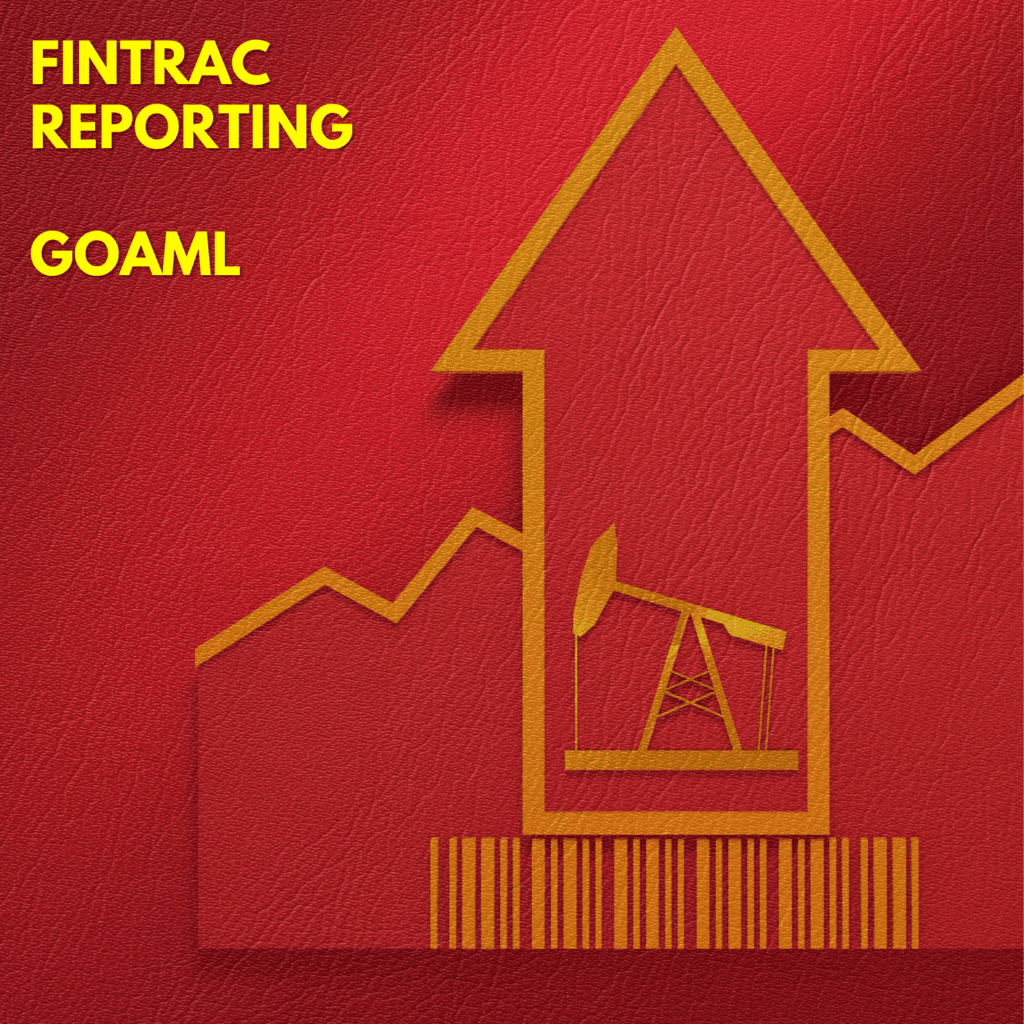AML FINTRAC Reporting: Understanding its Importance in Combating Financial Crimes
AML FINTRAC Reporting: Understanding its Importance in Combating Financial Crimes
Blog Article
Anti-Money Laundering (AML) efforts have become central to global financial systems. With increasing concerns about money laundering and terrorist financing, regulatory bodies worldwide have introduced various measures to prevent illicit financial activities. In copyright, the Financial Transactions and Reports Analysis Centre of copyright (FINTRAC) plays a critical role in ensuring the integrity of the financial system through AML compliance and reporting. Let’s delve into what AML fintrac reporting entails and why it is so crucial.

What is FINTRAC?
FINTRAC is an independent agency of the Canadian government, tasked with detecting and preventing money laundering and terrorist financing activities. FINTRAC collects, analyzes, and discloses financial information to law enforcement agencies, government departments, and others involved in the fight against organized crime. This plays a key role in ensuring that businesses and financial institutions adhere to AML regulations to prevent illicit activities like money laundering and terrorist financing.
The Role of AML in Preventing Financial Crimes
Anti-Money Laundering (AML) measures are designed to detect and prevent the movement of illicit funds through financial systems. Money laundering typically involves disguising the origins of illegally obtained money to make it appear legitimate, while terrorist financing involves the provision of funds for terrorist activities. Both activities pose significant threats to the financial system and national security.
AML efforts ensure that financial institutions and businesses are equipped to detect suspicious activities and report them to the appropriate authorities. By following AML guidelines, institutions help protect the integrity of financial systems and prevent the misuse of funds for illegal purposes.
The Importance of FINTRAC Reporting
FINTRAC reporting is crucial for maintaining transparency and preventing financial crimes in copyright. Financial institutions, including banks, credit unions, and money services businesses, are required to report certain transactions and activities to FINTRAC as part of their compliance with Canadian AML laws. These reports help authorities track and investigate suspicious transactions, ultimately aiming to uncover and stop illegal activities.
The most common types of reports required by FINTRAC include:
- Suspicious Transaction Reports (STRs): Institutions must file STRs when they suspect a transaction involves the proceeds of crime or terrorist financing. This could include unusually large deposits, frequent cash withdrawals, or transfers to high-risk jurisdictions.
- Large Cash Transaction Reports (LCTRs): Businesses are required to file LCTRs for transactions involving $10,000 or more in cash, whether the transaction occurs in a single operation or multiple linked operations.
- Electronic Funds Transfer Reports (EFTRs): When a financial institution receives or sends an international electronic transfer of $10,000 or more, it must submit an EFTR.
These reports are critical for FINTRAC’s mission to analyze financial data, identify potential threats, and share information with relevant authorities, such as law enforcement and tax agencies.
Compliance Requirements for Businesses
Businesses, particularly those in the financial sector, must ensure compliance with AML regulations and reporting requirements set by FINTRAC. Compliance includes several key obligations, such as:
- Know Your Customer (KYC) Procedures: Financial institutions must verify the identities of their clients and understand the nature of their transactions. This is crucial for preventing the use of financial systems for illicit activities.
- Ongoing Monitoring: Institutions must continuously monitor transactions to detect suspicious patterns and activities that might indicate money laundering or terrorist financing.
- Record Keeping: Businesses are required to maintain detailed records of financial transactions, including reports submitted to FINTRAC, for a specific period. These records help authorities track and investigate suspicious activities.
- Training and Awareness: Staff should be trained in AML compliance and how to identify suspicious activities. Regular training ensures that employees stay informed of the latest regulations and guidelines.
Failure to comply with AML regulations and FINTRAC reporting requirements can lead to severe penalties, including fines and suspension of operations. This highlights the importance of developing a robust compliance program to avoid legal and financial risks.
Conclusion
AML FINTRAC reporting plays a vital role in preventing financial crimes in copyright. Through stringent reporting requirements, businesses in the financial sector are equipped to detect and report suspicious transactions, aiding in the fight against money laundering and terrorist financing. By adhering to AML regulations and ensuring compliance with FINTRAC, institutions contribute to the safety and integrity of the financial system. Report this page